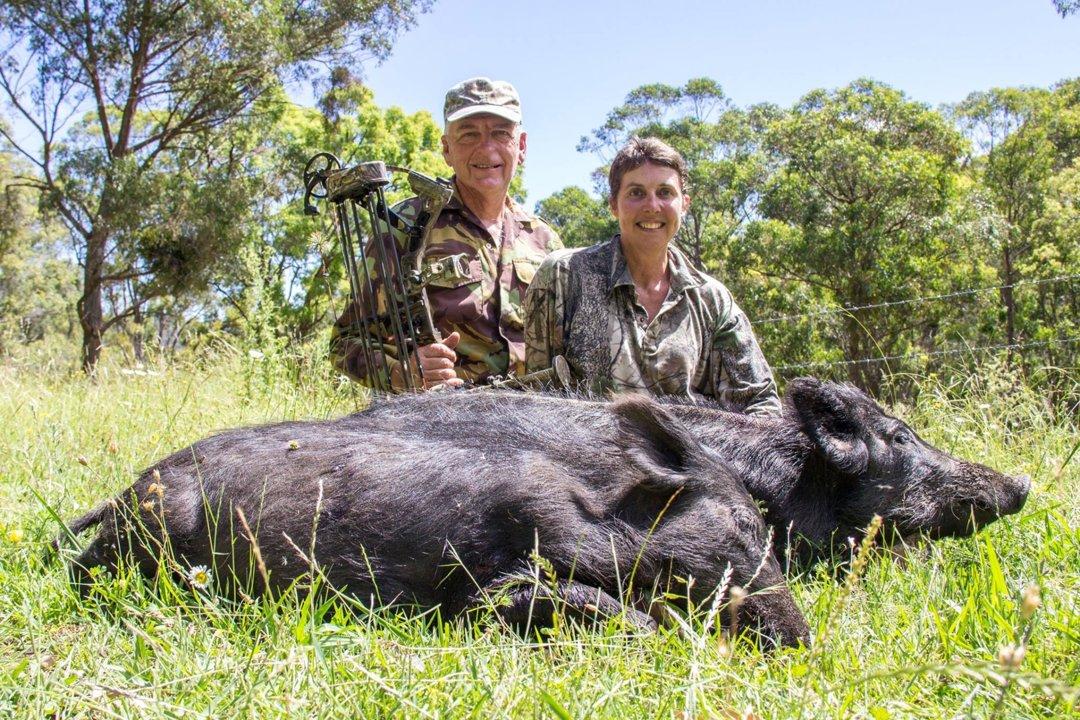
Hunting in Blekinge, Sweden: A Complete Guide for Hunters on Species, Seasons, and Key Tips for a Successful Hunting Experience in Sweden’s Scenic Coastal Region Blekinge, a picturesque region in southern Sweden, is a hidden gem for hunting enthusiasts. With lush forests, serene lakes, and diverse wildlife, it offers a unique hunting experience. This guide covers the region’s geography, hunting opportunities, regulations, and traditions. The Relationship Between Nature and Hunting: Landscapes, Biodiversity, and Climate in Blekinge Blekinge’s varied landscape includes dense forests, open fields, and lakes, creating ideal habitats for game species. Coniferous trees like pine and spruce, along with birch and oak, provide shelter and food for wildlife. The temperate climate supports diverse hunting opportunities year-round. Who Are Today’s Hunters? A Deep Dive into Their Demographics Hunting is popular in Blekinge, attracting both locals and visitors. Sweden has around 300,000 licen
Post: 19 May 14:14
















































